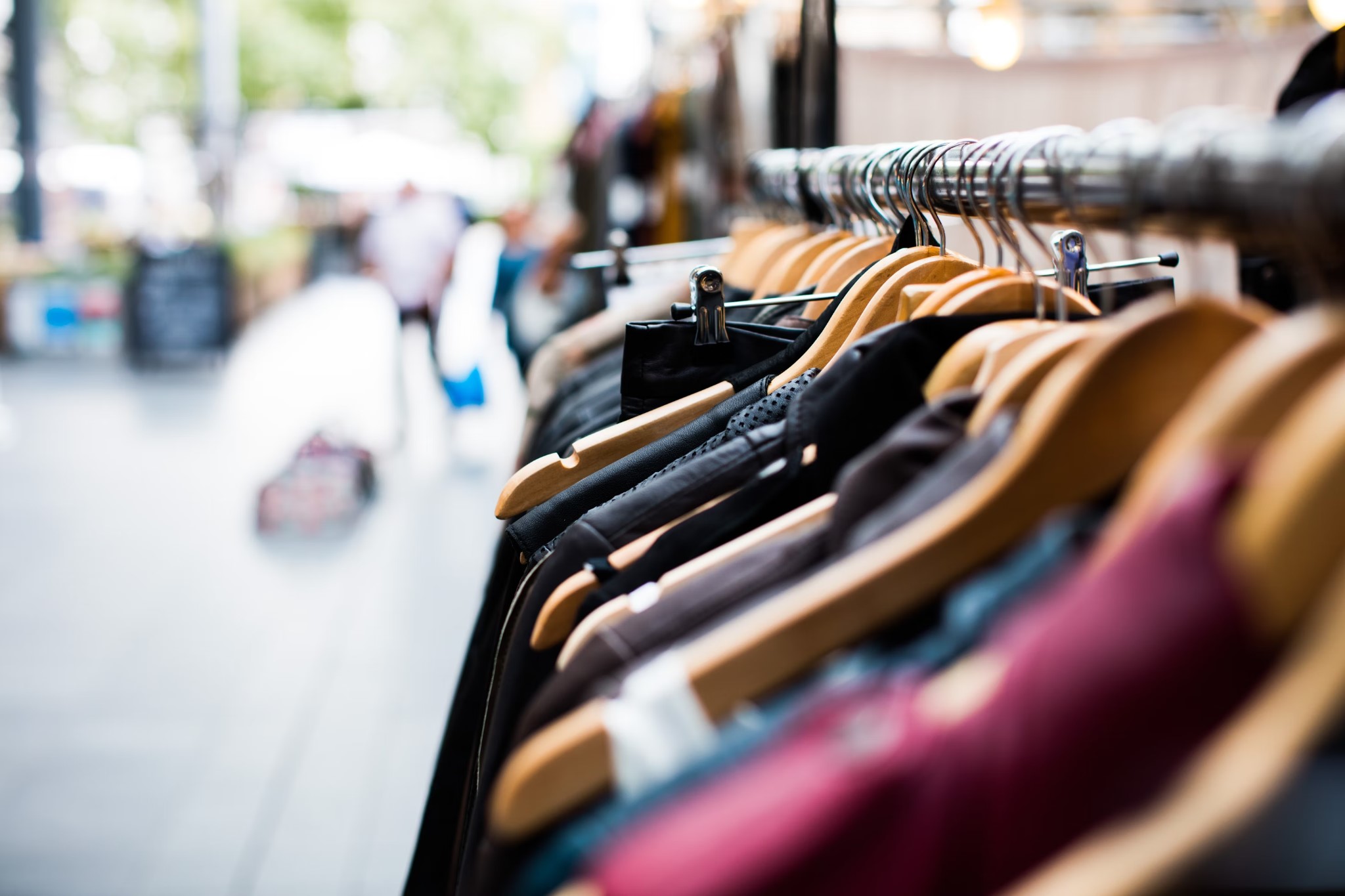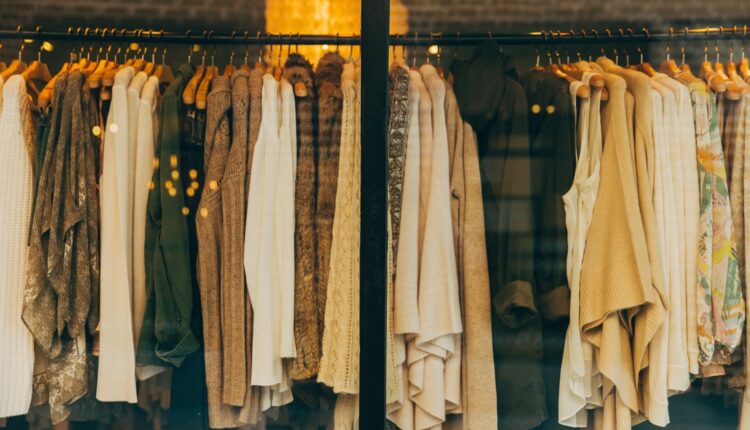Innovating Sustainable Luxury from Material to Market
Table of Contents
The fashion industry, dazzling on the surface, harbours a less glamorous truth beneath its sparkle. Ashley R. Cummings starkly highlights, “Luxury fashion has a problem. According to McKinsey, the industry is responsible for over $2 billion in greenhouse gas emissions every year. That’s roughly 4% of the world’s total output.” This alarming statistic underscores the urgent need for a shift towards sustainable practices within the luxury fashion sector. Sustainable luxury fashion emerges as a beacon of hope, promising an industry that values both elegance and ecology. It’s a movement not just about changing materials but transforming mindsets, from designers to consumers, to embrace responsibility alongside luxury.
The significance of sustainable luxury fashion lies in its potential to redefine luxury itself. It presents an opportunity to create a new narrative around what it means to be luxurious, one that includes sustainability as a core value. This evolution requires a collective effort from all stakeholders in the fashion industry, from designers and manufacturers to retailers and consumers. By embracing sustainable luxury fashion, we can pave the way for a future where luxury and sustainability are not mutually exclusive but are intertwined in the very fabric of the industry.
Revolutionising Materials: The Heart of Sustainable Fashion
At the core of the sustainable luxury fashion movement lies the innovation in materials. Traditional luxury materials, while opulent, often come with a heavy environmental cost. Enter revolutionary materials like Piñatex and Mylo, which are changing the game. Piñatex, made from pineapple leaf fibres, offers a cruelty-free alternative to leather, while Mylo, derived from mycelium (mushroom roots), presents a sustainable option that doesn’t compromise on quality or aesthetics. These materials are not just eco-friendly but are also pushing the boundaries of what’s possible in fashion design.
The production processes of these innovative materials are equally impressive. Piñatex utilises what would otherwise be waste from the pineapple industry, turning it into a valuable resource. Mylo, on the other hand, is grown in a lab, significantly reducing the need for land and water compared to traditional leather production. Both materials exemplify how sustainability credentials can go hand in hand with luxury, challenging the notion that eco-friendly materials are inferior in quality or appeal.
Stella McCartney: Leading with Accountability
Stella McCartney has long been a pioneer in the sustainable luxury fashion space. Her brand’s commitment to sustainability is not just a marketing strategy but a core principle that guides every aspect of her business. From using eco-friendly materials across her collections to advocating for animal rights, McCartney sets a high standard for what it means to be a sustainable luxury brand. Her efforts demonstrate that it is possible to create luxurious, desirable fashion without compromising on ethical and environmental values.
McCartney’s impact on the industry goes beyond her own brand. She has been instrumental in raising awareness about the environmental challenges facing the fashion industry and the potential for sustainable practices to address these issues. Her collaborations with other brands and her advocacy work have helped to push the conversation about sustainability in fashion forward. However, there is always room for improvement, and McCartney’s brand continues to explore new ways to reduce its environmental footprint and inspire others to do the same.

Image source: https://unsplash.com/photos/selective-focus-photography-of-hanged-clothes-vB5qtt8X4NA
Gucci’s Green Strategy: A Comprehensive Approach
Gucci has emerged as a leader in the sustainable luxury fashion movement, adopting a comprehensive strategy to reduce its environmental footprint. The brand’s commitment to sustainability is evident in its initiatives, ranging from reducing greenhouse gas emissions to ensuring ethical sourcing of materials. Gucci’s approach demonstrates that sustainability can be integrated into every aspect of a luxury brand’s operations, from design to production to retail.
One of the key elements of Gucci’s strategy is its focus on transparency and accountability. The brand has set ambitious targets for reducing its environmental impact and regularly reports on its progress. This level of transparency not only holds Gucci accountable but also sets a benchmark for other luxury brands to follow. By sharing its successes and challenges, Gucci contributes to a broader dialogue about how the luxury fashion industry can evolve to meet the demands of a more environmentally conscious world.
Innovations in Sustainable Manufacturing
The journey towards sustainable luxury fashion is fraught with production challenges. Water usage and dyeing processes, in particular, have long been areas of concern due to their significant environmental impacts. However, innovative solutions are emerging that promise to revolutionise the way luxury fashion is produced. Closed-loop systems, for example, recycle water and chemicals used in the dyeing process, significantly reducing waste and pollution. Similarly, waterless dye technologies offer a way to colour fabrics without the excessive use of water, a critical step towards more sustainable manufacturing practices.
These innovations are not just technical achievements; they represent a shift in mindset within the luxury fashion industry. Brands are beginning to recognise the importance of not only the materials they use but also how their products are made. By adopting sustainable manufacturing practices, they can reduce their environmental footprint while still producing high-quality, luxurious items. This shift is driven by both consumer demand for more sustainable products and a growing recognition within the industry of the need to address its environmental impact.
Cosette’s Contribution to a Greener Luxury Market
In the landscape of sustainable luxury fashion, Cosette stands out for its unique approach to curating luxury fashion. By offering customers access to luxury handbags from leading brands at discounted prices, Cosette addresses the issue of overproduction in the luxury goods industry. This model not only provides value to customers but also contributes to reducing the environmental impact associated with the production of new items. By selling excess inventory from luxury brands, Cosette helps to mitigate the waste and resource use that come with overproduction, aligning with the principles of sustainable fashion.
Cosette’s business model is a testament to the potential for innovative approaches to promote sustainability in the luxury market. By focusing on excess inventory, including high-demand items like Bottega Veneta bags, Cosette offers a solution that benefits both consumers and the environment. This approach encourages more mindful consumption, discouraging a throwaway culture and promoting the longevity of luxury items. It’s a win-win situation where consumers can enjoy luxury fashion at more accessible prices while supporting sustainability.
Listening to the Green Consumer
Recent studies and surveys shed light on a significant shift in consumer attitudes towards sustainable luxury fashion. There’s a growing demand for eco-friendly luxury items, driven by a more environmentally conscious consumer base. This shift is not just about the products themselves but also about the values they represent. Consumers are increasingly looking for brands that align with their own beliefs about sustainability and ethical consumption, making sustainability a key factor in their purchasing decisions.
This trend is reshaping the luxury fashion industry in profound ways. Brands that fail to adapt to these changing consumer preferences risk being left behind. On the other hand, those that embrace sustainability as a core value have the opportunity to connect with a new generation of consumers. This connection goes beyond the transactional, fostering a sense of community and shared purpose between brands and consumers. It’s a powerful dynamic that can drive both brand loyalty and positive change in the industry.
The Horizon of Sustainable Luxury
Looking ahead, the future of sustainable luxury fashion is bright, with emerging technologies and societal shifts poised to further transform the industry. Blockchain technology, for example, offers unprecedented transparency, allowing consumers to trace the lifecycle of a product from raw material to retail. This level of transparency not only builds trust between brands and consumers but also encourages accountability throughout the supply chain. Similarly, artificial intelligence (AI) can optimise production processes, reducing waste and improving efficiency.
The rise of the resale market is another trend shaping the future of sustainable luxury fashion. As consumers become more conscious of the environmental impact of their purchases, the appeal of pre-owned luxury items is growing. This shift not only extends the lifecycle of luxury products but also challenges the traditional model of consumption in the luxury market. It’s a trend that reflects a broader societal shift towards valuing sustainability and circularity, signalling a move away from the throwaway culture that has long dominated the fashion industry.
The Collective Role in Sustainable Luxury
The journey towards sustainable luxury fashion is a collective endeavour, requiring the involvement of all stakeholders in the industry. From designers and manufacturers to retailers and consumers, each plays a crucial role in driving the industry towards a more sustainable future. It’s a movement that goes beyond individual brands or products, encompassing a broader shift in values and practices. By supporting and advancing sustainable luxury fashion, we can create a more responsible and ethical industry that values both beauty and the planet.
The call to action is clear: we must all contribute to this movement, whether by choosing sustainable luxury products, supporting brands that prioritise sustainability, or advocating for change within the industry. It’s about making conscious choices that reflect our values and the kind of world we want to live in. The power of collective action cannot be underestimated; together, we can make a significant impact, driving the industry towards a more sustainable and equitable future.
The future of luxury fashion lies in sustainability. As we move forward, it’s essential to keep pushing the boundaries of what’s possible, exploring new materials, technologies, and business models that can further reduce the industry’s environmental impact. The journey is challenging, but the rewards are immense. By embracing sustainable luxury fashion, we can create a legacy of beauty, innovation, and responsibility that will inspire generations to come. The time to act is now; let’s join forces to shape a more sustainable and luxurious future.
Easy Styling Tips To Ace Your Indo-Western Look


